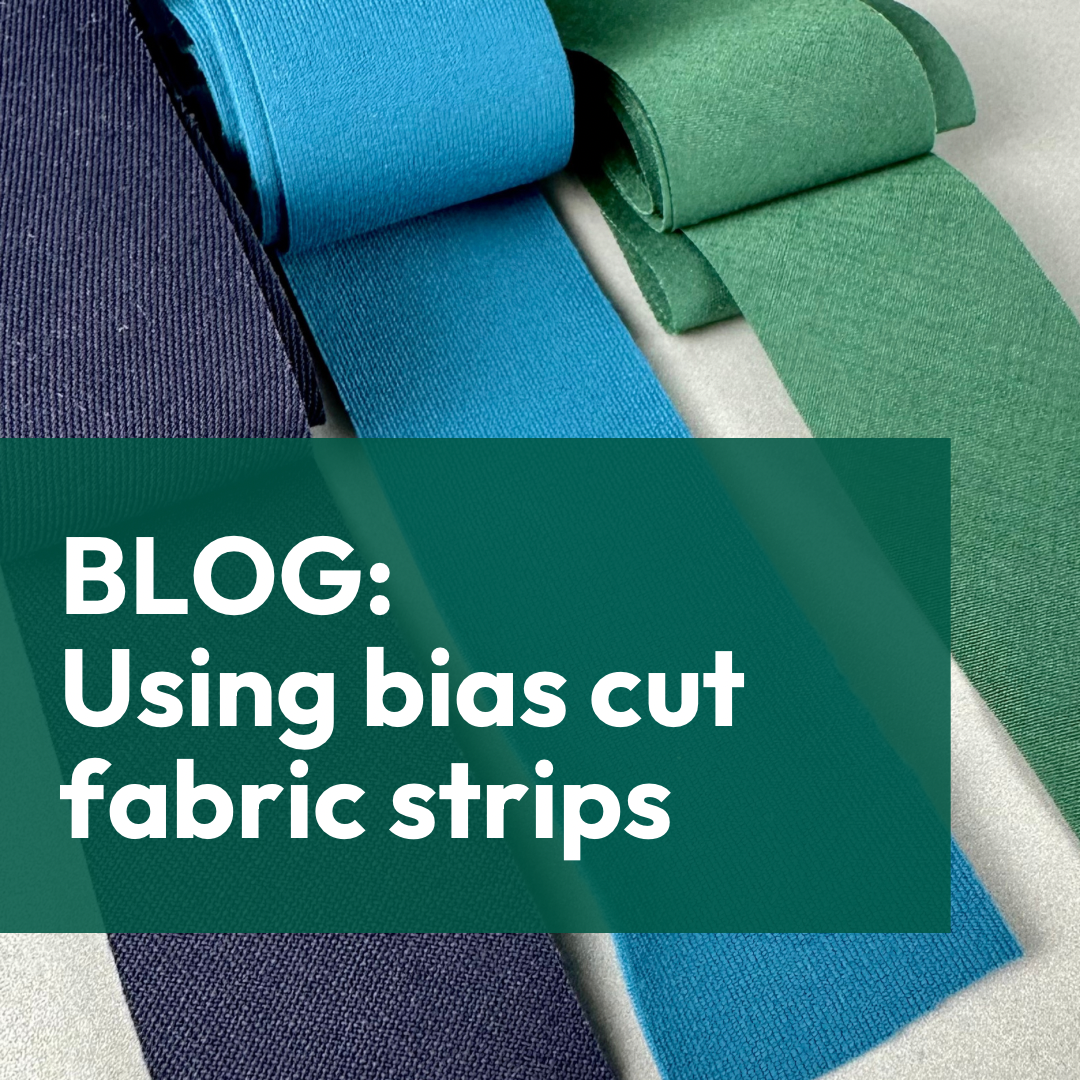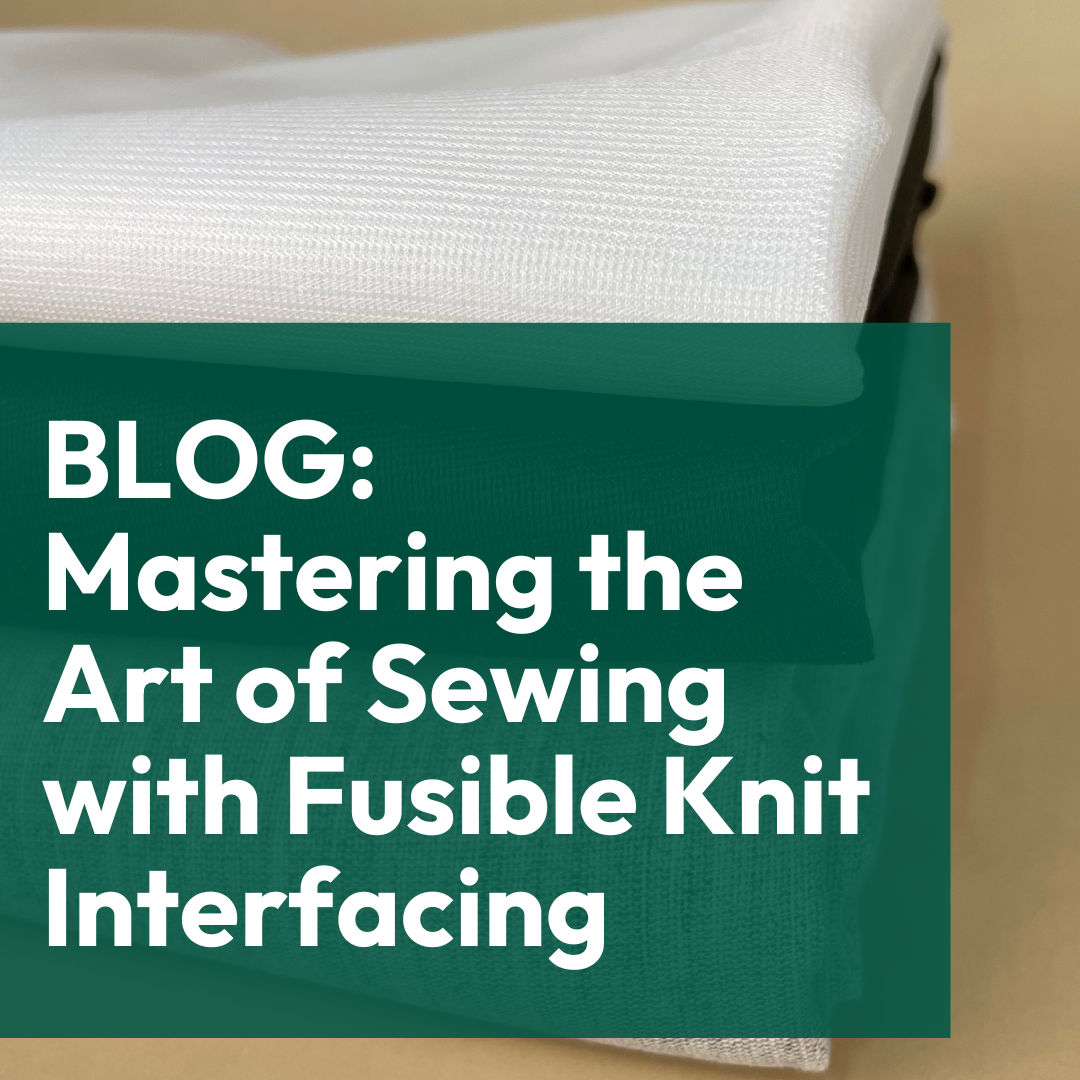Add a couture touch with grosgrain ribbon

When it comes to creating garments with a touch of sophistication and elegance, couture sewing techniques are the gold standard. One key element that often graces the worktables of couturiers is grosgrain ribbon. Its versatility and durability make it an invaluable tool in elevating your sewing projects to the next level. In this blog post, we'll explore couture-inspired ways to incorporate grosgrain ribbon, adding finesse and structure to your creations.
1. Stabilizing Seams:
Grosgrain ribbon is often used to stabilize and reinforce seams, particularly in areas prone to stretching or distortion. It's applied along the edges of seams to help maintain the garment's shape and structure over time.
2. Waistbands and Bodices:
Couture dresses, especially those with fitted bodices or high-waisted designs, frequently incorporate grosgrain ribbon into the construction. It's used along the waistline or bodice to provide stability and help maintain the garment's shape.
3. Hemming Techniques:
Grosgrain ribbon can be used as a facing on hems to add weight and structure. This helps the garment maintain its desired shape and drape, giving it a polished finish.
4. Necklines and Armholes:
In garments with wide or asymmetrical necklines and armholes, grosgrain ribbon can be applied as a stabilizer to prevent stretching or distortion. It helps maintain the intended shape of the garment.
5. Creating Boning Channels:
For structured bodices and corsets, grosgrain ribbon is often used to create channels for inserting boning. This ensures that the boning stays in place, providing the desired shape and support.
6. Decorative Trims:
Couturiers may use grosgrain ribbon as a decorative element, especially when seeking a contrast in texture or color. It can be applied as a trim along edges, cuffs, collars, or other design features.
7. Creating Straps and Ties:
Grosgrain ribbon is a popular choice for creating straps and ties on couture garments. Its durability ensures that these elements can withstand the weight and stress placed on them.
8. Belt Loops and Cinching:
When a garment requires a belt or sash, grosgrain ribbon can be used to create loops for securing it in place. This adds a functional and polished touch to the design.
9. Adding Structure to Pockets:
In tailored garments, especially coats and jackets, grosgrain ribbon can be used to reinforce and add structure to pocket openings. This ensures that the pockets maintain their shape and functionality.
10. Labeling and Branding:
Some couturiers use grosgrain ribbon as a label or branding element within their garments. It can be sewn into the garment discreetly, showcasing the designer's signature touch.
Incorporating grosgrain ribbon in your sewing projects is a couture-inspired choice that brings refinement and structure to your creations. From stabilizing seams to adding decorative flourishes, its versatility knows no bounds. Embrace these couture techniques and watch your garments exude an unparalleled level of sophistication and elegance. Happy sewing!




Leave a comment
This site is protected by hCaptcha and the hCaptcha Privacy Policy and Terms of Service apply.